HOW TO make a leather item.
Chapter 1: Selection of the leather (Types of Leather & Hides)
This is the first post of a series in which we will try to show you the different materials and processes evolved in the manufacturing of a leather item.
Leather is “animal skin dressed for use,” according to the Merriam-Webster dictionary . Animal hides are by-products of the food industry, and therefore we can find many different types of leathers and hides. Although today most leather is made of cattle skin, there are many other types such as lambskin, pigskin and deerskin, which are used in the manufacturing of leather goods. More exotic skins from crocodiles, ostriches or stingrays are also used for more exclusive and costly products.
- · Chrome tanned leather is tanned using chrome sulphate. This chemical gives the leather a more supple finish. Colourfastness is better than vegetable tanned leather.
- · Vegetable tanned leather is tanned using vegetable origin tannins. Vegetable tanned leather is less supple and harder. “Moulded Leather Goods” must be manufactured with this type of leather.
As for the forms in which leather is usually bought, we can mainly find:
-
· Split leather is obtained when the top-grain is separated from the hide and then, a non-natural layer is applied. Split leather is usually a cheaper type of leather. Split leather is also used to make suede.
-
· Corrected leather has got an artificial layer on it in order to correct the imperfections of the hides that do not meet the minimum quality requirements to make top or full-grain leather.
-
· Top-grain leather has less breathability than full-grain leather due to its “plastic-like” finish coat, which gives this type of leather a greater resistance to stains.
-
· Full-grain leather is the upper section of a hide that has not had any treatments to remove imperfections on its surface. Its breathability and natural touch are very appreciated.

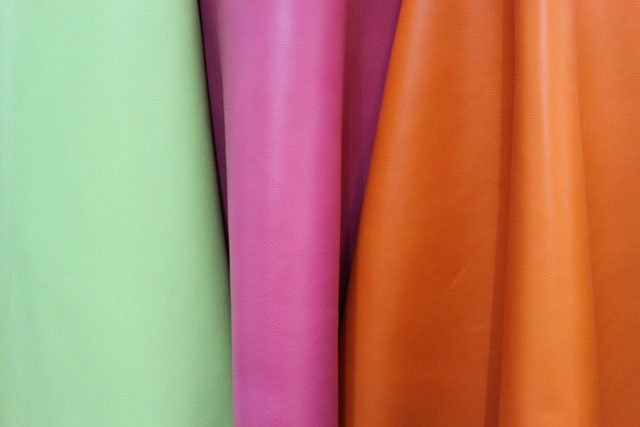
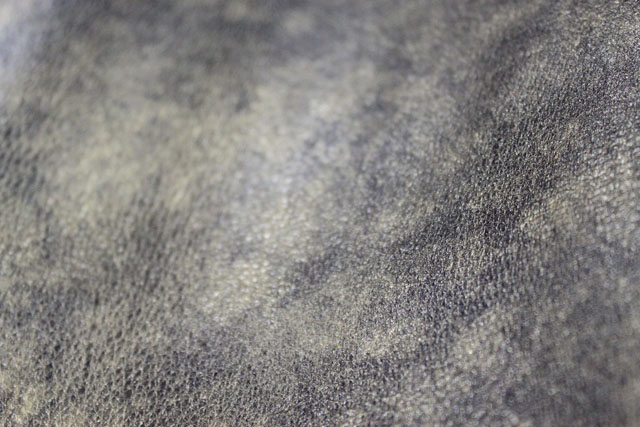
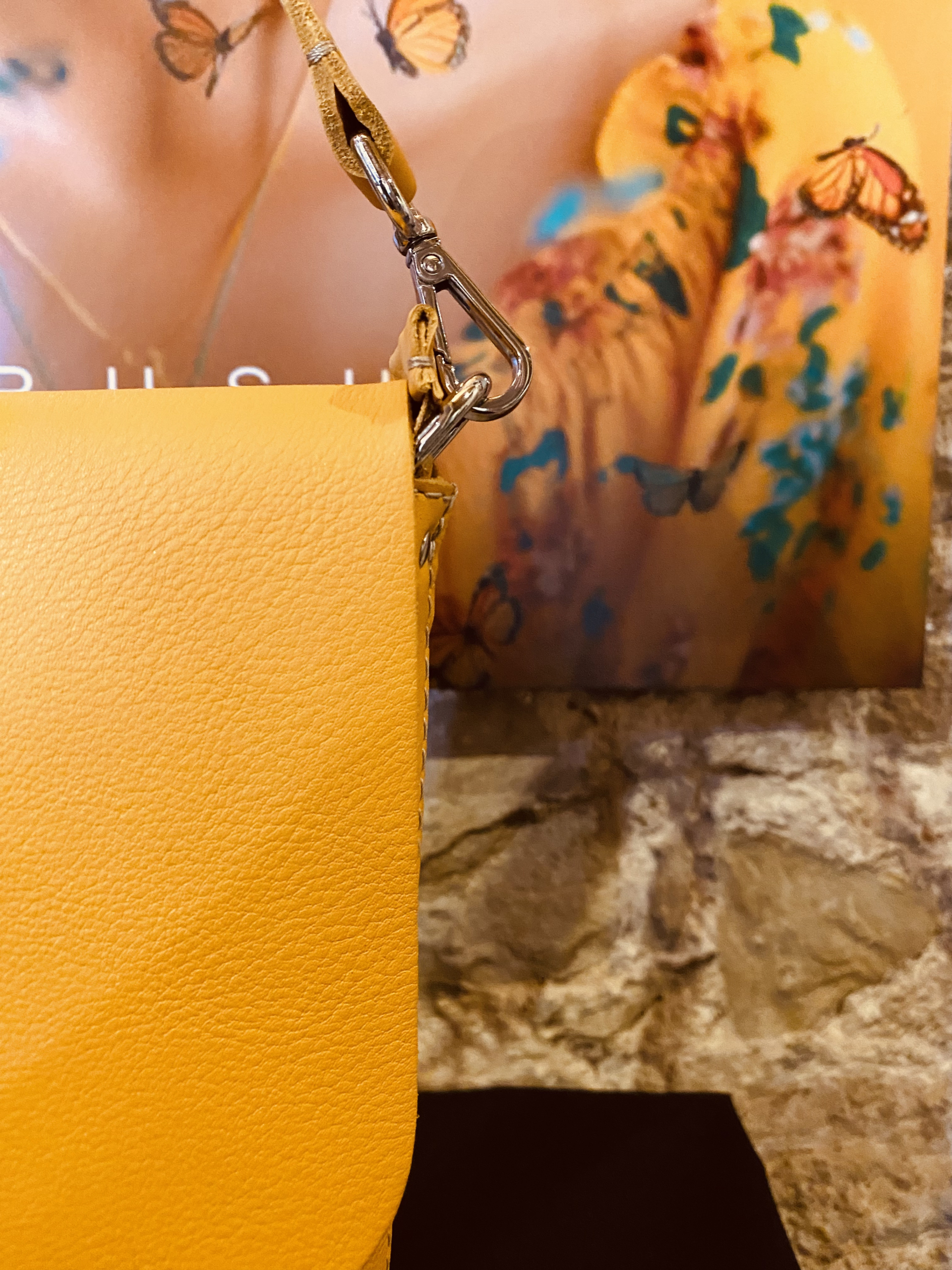


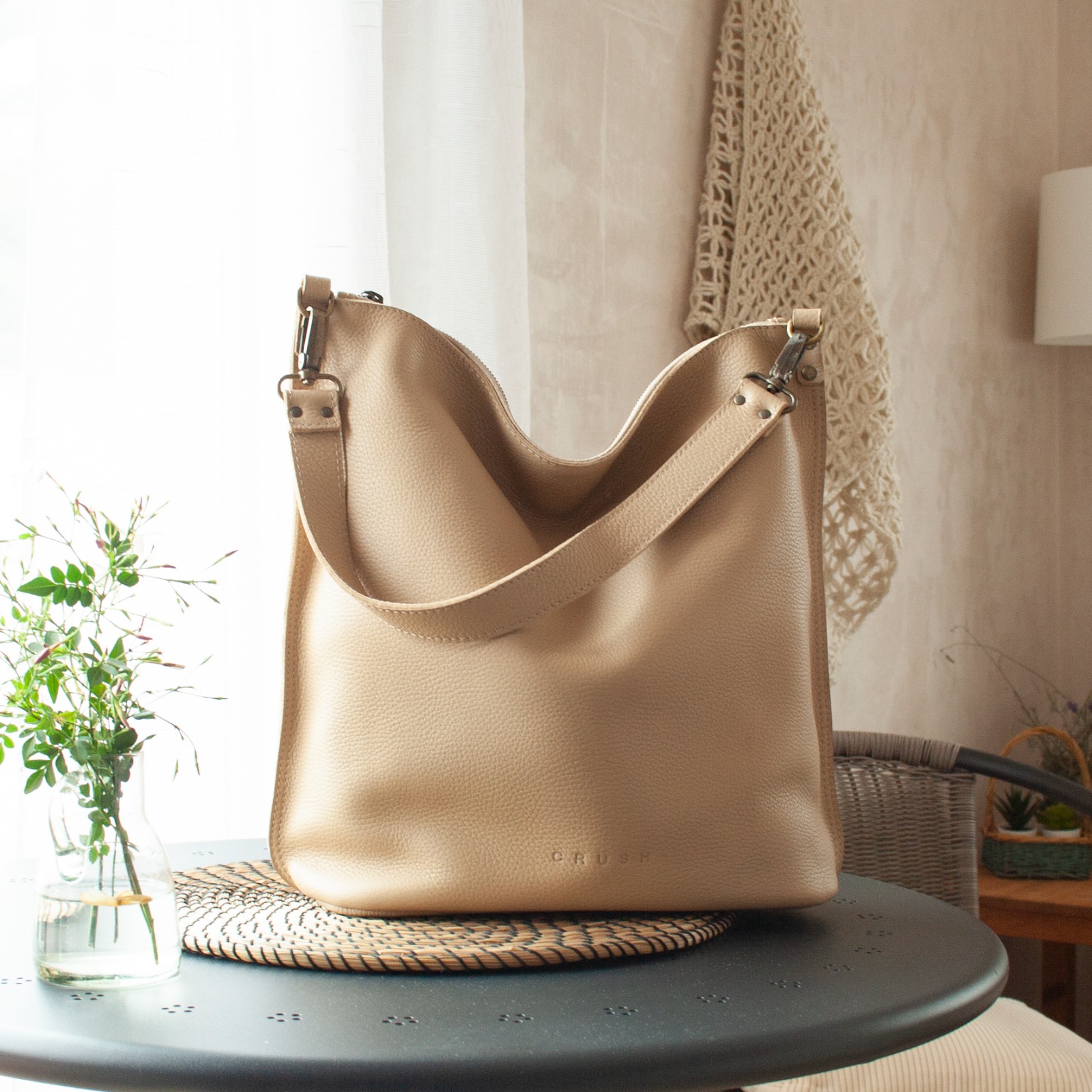
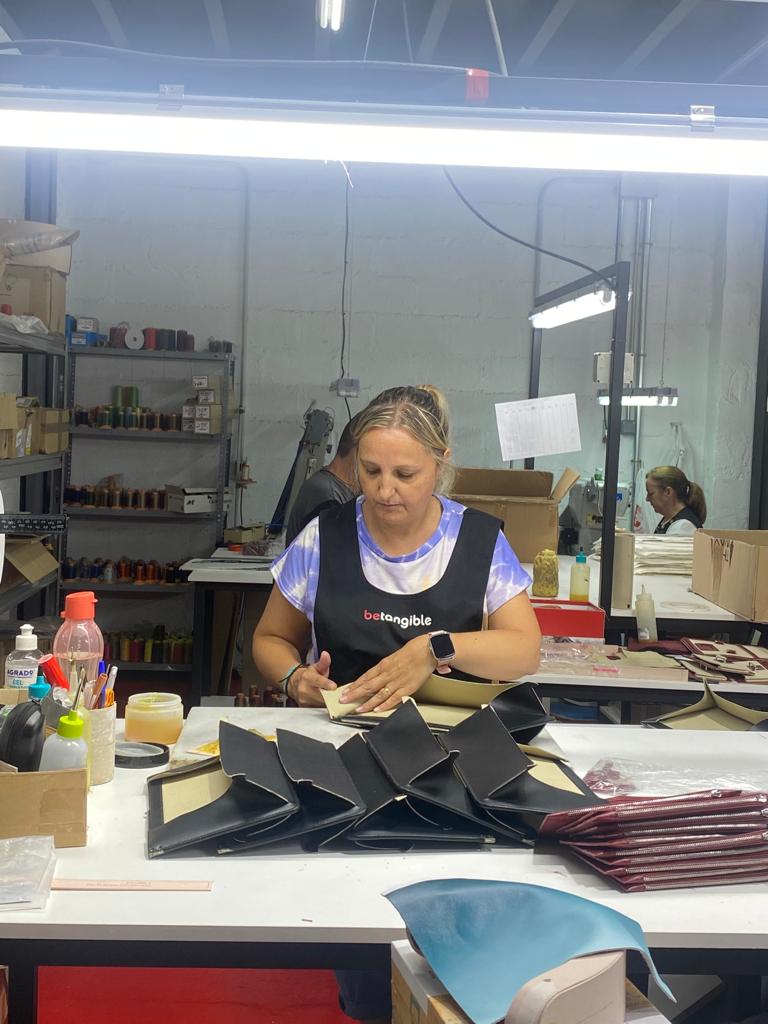
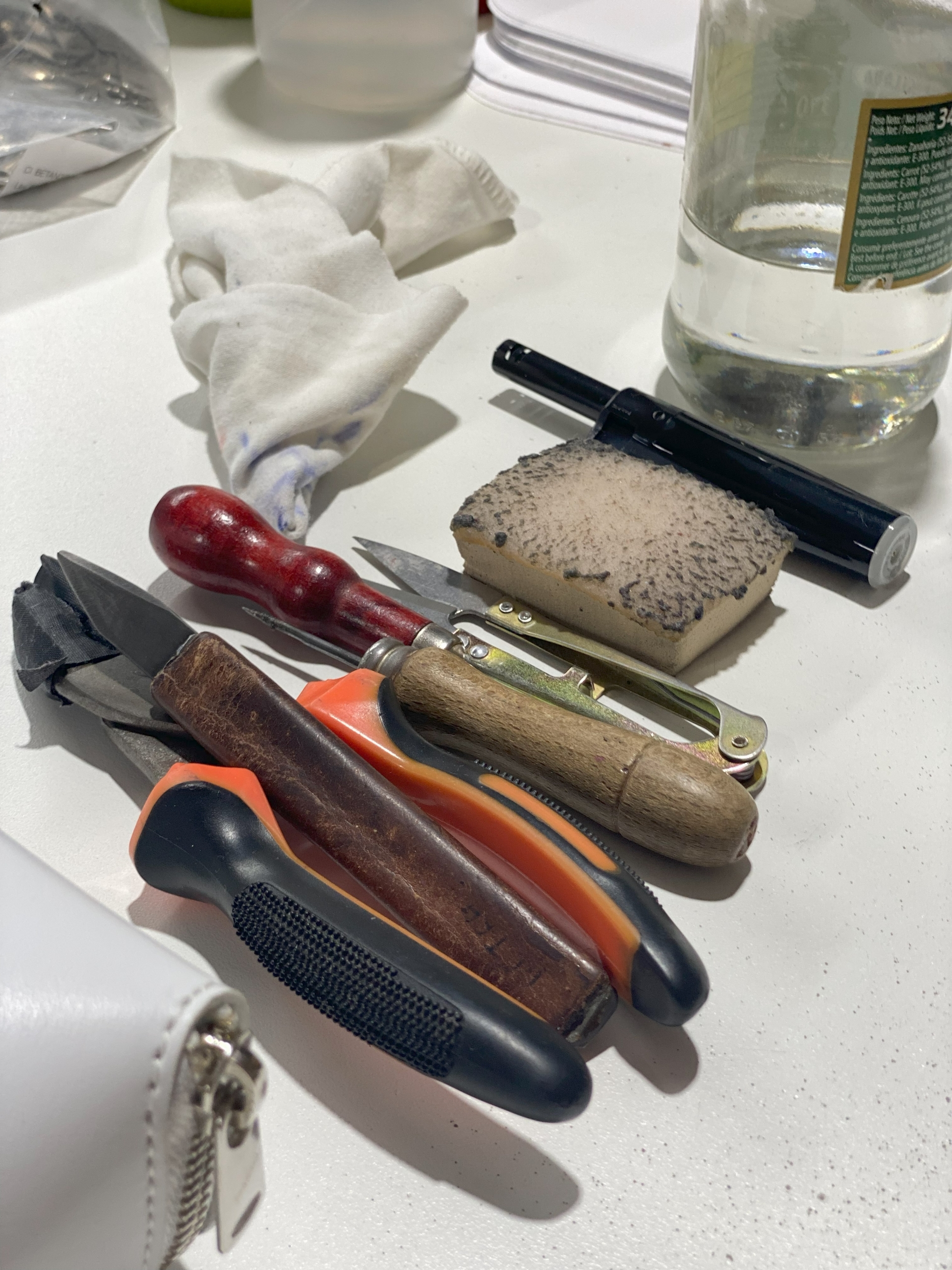
There are no comments